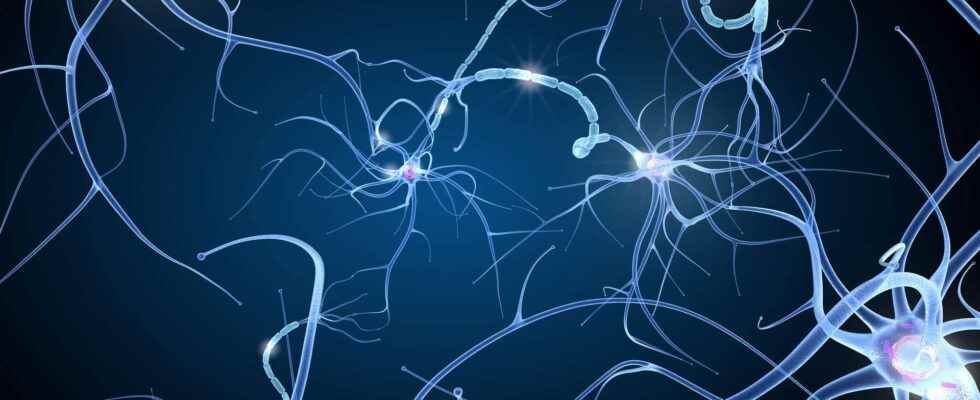The essence of the brain is to learn. But much simpler structures, composed only of a culture of neurons, are also capable of this. This was shown in an intriguing experiment in which researchers taught neurons to play Pong.
You will also be interested
[EN VIDÉO] 5 myths about the human brain On the occasion of Brain Week, which takes place from March 16 to 22, 2020, here are 5 myths about the human brain that die hard. Are they true or false? Video response!
Pong is one of the very first video games created in history. A virtual version of ping-pong, two rackets exchange a ball that bounces off the screen. A game so simple in principle that a human neural network is able to play it after only 5 minutes of learning. It is the result ofan intriguing experience conducted by several English and Australian universities.
In this video, it is human neurons that manipulate the racket. © Brett J. Kagan and al. BioRxiv
A bunch of neurons capable of playing Pong
The researchers placed human neurons, obtained from pluripotent stem cells, on an electronic chip. Neurons form a network and can activate and communicate with each other. The chip is connected to a computer on which a simulation close to Pong, but with one player, is launched. If a electrode located to the right of the chip is triggered, the neurons know that the ball is to their right. As in Pong, the goal is to move the racket to intercept the ball.
Neurons learn to play by dint of trying and when the ball is intercepted, they are informed by an electrical signal. After 5 minutes of testing, they are able to play the video game. It is faster than machines withartificial intelligence. However, the skills to be acquired are much simpler than those required of AIs. Despite everything, this is the first time that we have observed, in real time, signs of the intelligence of a layer of neurons in a system. in vitro.
Interested in what you just read?
.
fs6
